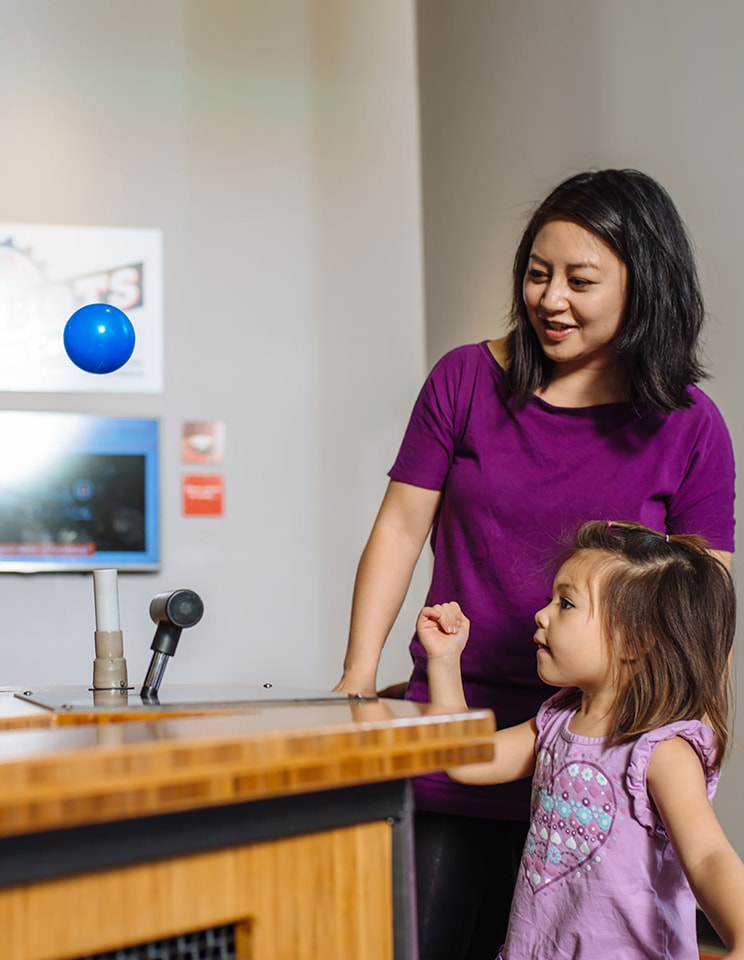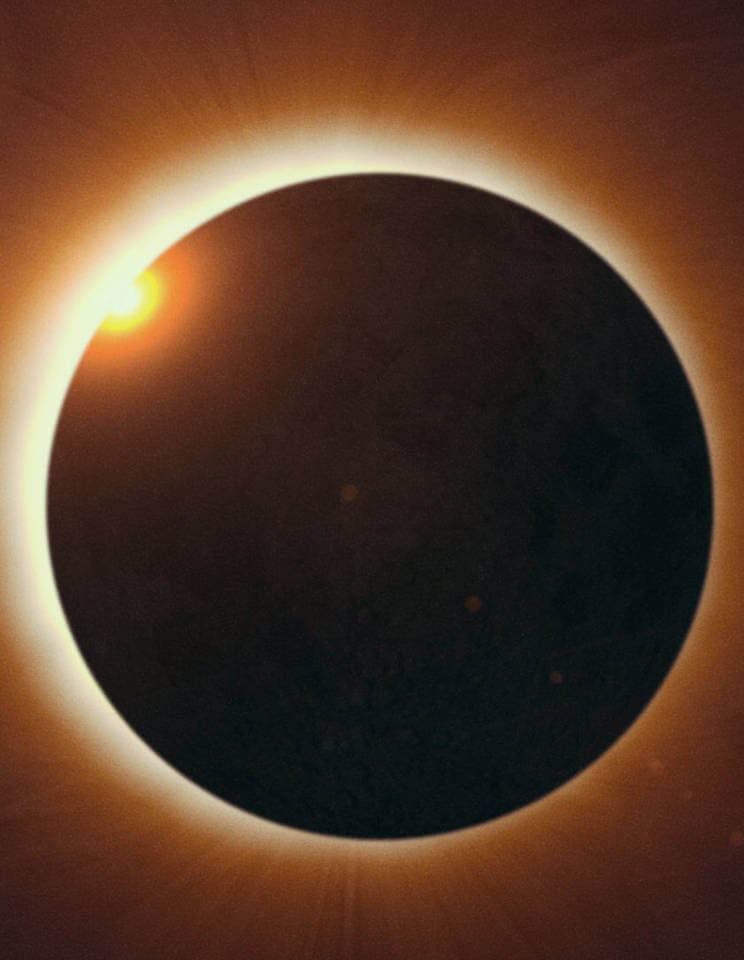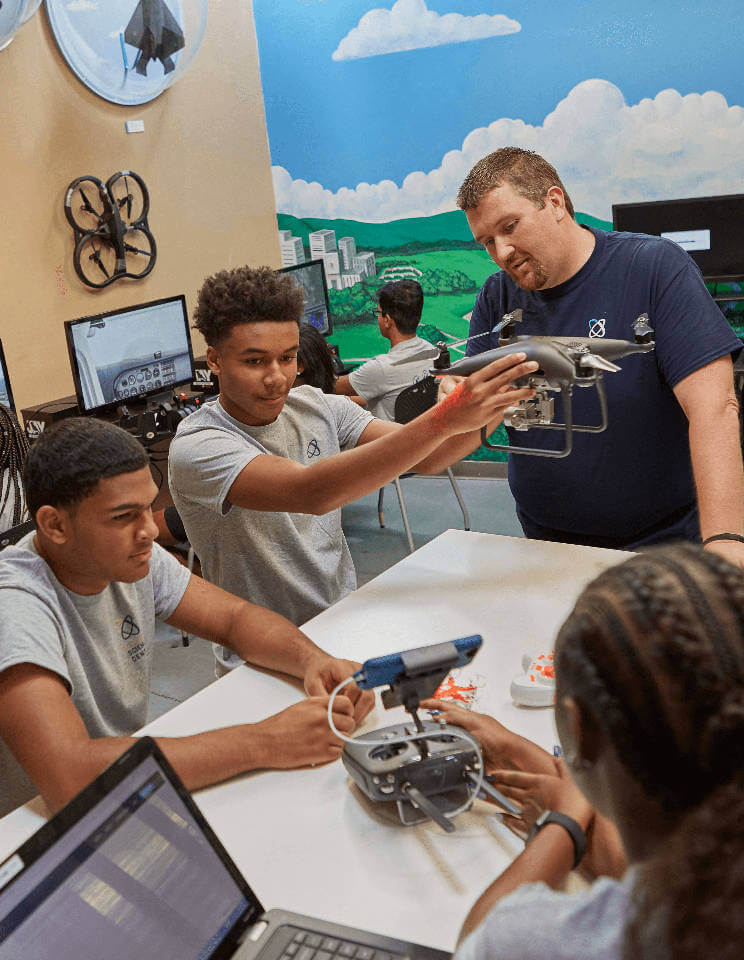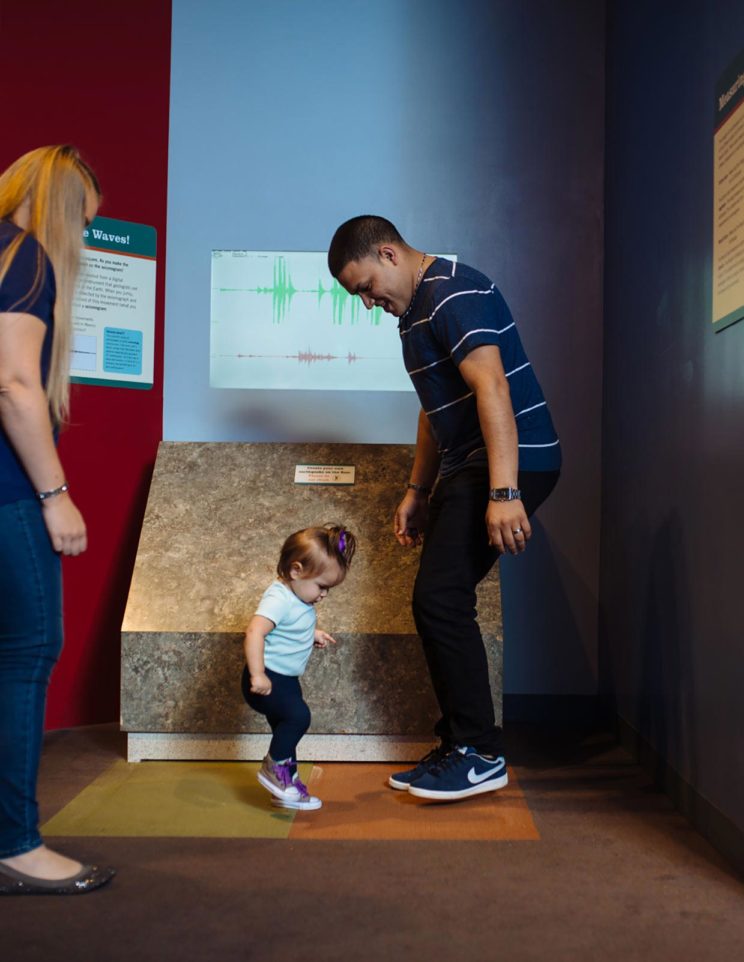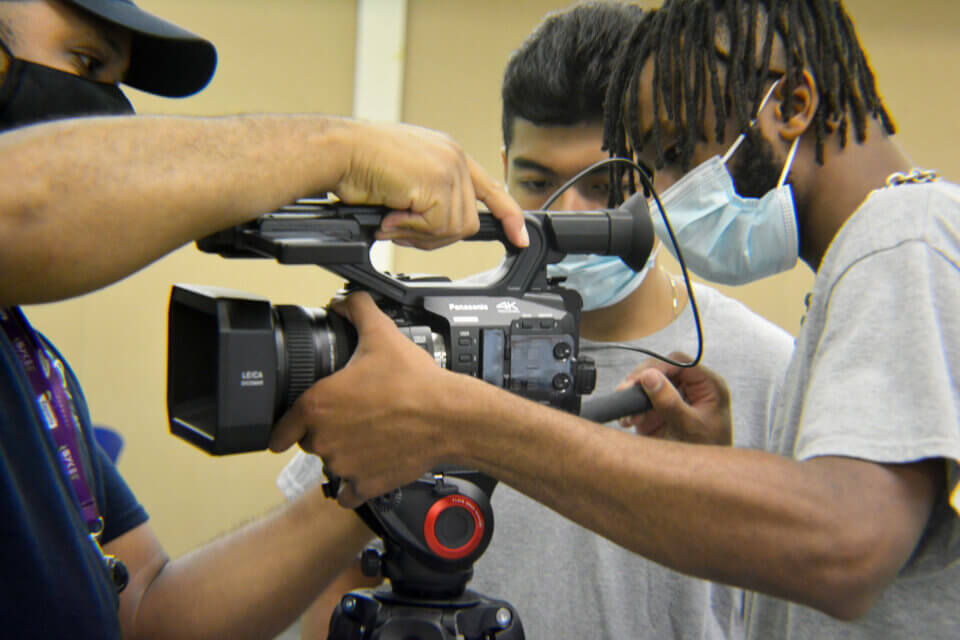October 23, 2022 For the next two weeks, northern hemisphere viewers have a chance to see the zodiacal light in the east before morning twilight. The zodiacal light is a wedge-shaped diffuse light that points up from the horizon. This light display is caused by sunlight reflecting off dust in the solar system. Recent studies… Continue reading
Astronomy Fact of the Day: October 22, 2022
October 22, 2022 Venus reaches superior conjunction today which is when Earth and Venus are on opposite sides of the Sun. After today, Venus will slowly climb out of the Sun’s glare. By the end of 2022, Venus will become visible in the west after sunset. Towards the end of the year, Venus will be… Continue reading
Astronomy Fact of the Day: October 21, 2022
October 21, 2022 On this date in 1950, astronaut Ronald McNair was born. He served aboard the shuttle Challenger twice. Sadly, he and all the Challenger crew perished during liftoff in 1986. Astronaut Ronald McNair and his son Reginald. Image credit: NASA
Astronomy Fact of the Day: October 20, 2022
October 20, 2022 Exoplanets are planets found orbiting stars other than the Sun. The first exoplanets confirmed were PSR 1257 +12 b, c. and d. Since these were found researchers have found over 5,000 planets orbiting other stars. One of the most intriguing planetary systems found so far is the TRAPPIST-1 system. This consists of… Continue reading
Christmas Fairy Lamp
Christmas Fairy Lamp – ca. late 19th century. During the latter part of the 19th and into the early 20th century, Victorian Christmas Lights (also called Christmas Fairy Lamps) like this purple hobnail example, were popular decorations throughout the US. Candles were placed inside these ornamental glass lamps, and they were typically hung with wire… Continue reading
Astronomy Fact of the Day: October 19, 2022
October 19, 2022 Tonight at 10 pm you can find the zodiac constellation Aquarius in the south. Aquarius is not the easiest constellation to find, but there are a few bright guides that can help. First find the Great Square of Autumn high in the south at 10 pm. Once you find this, use the… Continue reading
Astronomy Fact of the Day: October 18, 2022
October 18, 2022 On this date in 1963, Félicette the cat was launched into space as part of the French space program. She was one of 14 cats trained for the spaceflight. The cats had electrodes implanted on their skulls to monitor their neurological activity. Félicette survived the flight but was euthanized so scientists could… Continue reading
YES Component Spotlight: Media Arts
Support science for our future. Make a gift to the Science Center’s YES Program to help support the Science Center’s education programs. In the Science Center’s Youth Exploring Science (YES) Program, local teens explore seven STEAM components ranging from aerospace and engineering to agriscience and cybersecurity, as they develop the skills to pursue the career… Continue reading
Astronomy Fact of the Day: October 17, 2022
October 17, 2022 The Moon reaches last quarter phase today at 17:15 UT. In St. Louis that would be 12:15 pm. At this time, you can find the Moon in the west about 23° above the horizon. The western sky as it will appear at 12:15 pm. At this time, the Moon will reach third… Continue reading
Astronomy Fact of the Day: October 16, 2022
October 16, 2022 On this date in 1975, The GOES-1 Satellite was launched aboard a Delta Rocket. This was the first geosynchronous weather satellite to take pictures of Earth at night. The most recent GOES satellite to launch was GOES-18 on March 1, 2022. Above is the first image transmitted by the GOES-1 satellite. It… Continue reading
